Colorado's State Symbols
Colorado Symbol No. 1
State Flag
We celebrate Colorado Day on Aug. 1, our 142nd anniversary of statehood – and the only day of the year when the number of Colorado state flags flying on flagpoles comes nearest to equaling those appearing on Coloradans’ torsos.
The state flag has become the best-selling T-shirt design in Colorado because of an ongoing swell of state pride. Or maybe it’s because Coloradans were a century late in recognizing Andrew Carlisle Carson’s genius as a fashion designer.
It was Carson, owner of Denver’s Orpheum Theater, who created the winning entry to a 1911 contest to design a new state flag. The state legislature enthusiastically adopted his flag, which has remained unchanged save for a 1929 tweak defining exact shades for its colors and a 1964 amendment defining how big its “C” emblem should be.
The banner’s eye-catching primary colors and elegantly simple “C” have made it Colorado’s most popular symbol, but it is just one of many symbols our legislature has enshrined to represent the state. Perhaps lark bunting T-shirts will someday replace the state flag as the No. 1 T-shirt in Colorado. Then again, perhaps not.
Colorado Blue Columbine
State flower
The winner of what might be the biggest electoral landslide in Colorado history is none other than our revered state flower, the Colorado blue columbine. Even though there were 50 flowers on the ballot when Colorado schoolchildren voted on the state flower, there would be no need for a run-off election: When the votes were tallied on April 17, 1891, the columbine got 64.9 percent of the vote, or 14,472 out of 23,316 ballots cast.
The vote would likely be just as lopsided if it were held today. Coloradans love their state flower and are very protective of it. That’s good, because protecting columbines is quite literally required by law. Under the heading “Duty to Protect,” the law commands each of the state’s citizens to defend the Colorado columbine from “needless destruction or waste.”
Despite this statute, picking columbines isn’t illegal, even if it is grotesquely inconsiderate to your fellow wildflower lovers. The law allows you to pick up to 25 columbine stems, buds or blossoms per day on public land; you’re just not allowed to “tear the state flower up by the roots.” Still, people convicted of that offense won’t be doing any time – the maximum penalty is a $50 fine.
Western Painted Turtle
State reptile
Horacio Duarte Bernal’s hand shot into the air as soon as his third-grade teacher finished reading the class a book of Colorado state symbols in spring 2007. What about the state reptile? His teacher at Westminster’s Skyline Vista Elementary, Jay Baichi, double-checked the book. There wasn’t one.
Duarte Bernal was stunned. Then 9 years old, he loved wildlife and had spent months memorizing an animal book he’d purchased at a garage sale. “Well, how do things become state symbols?” Duarte Bernal asked Baichi. “What are the steps?”
The teacher and student spent a year working their way toward answering that question. They enlisted classmates’ help brainstorming state reptile ideas, settling on the western painted turtle, a resident of Eastern Plains rivers with pretty colors and pleasant disposition. State Rep. Cherilyn Peniston agreed to sponsor the reptile legislation, paving the way for Duarte Bernal to testify on the turtle’s behalf at the State Capitol.
Their hard work culminated on March 18, 2008, when Gov. Bill Ritter came to Skyline Vista Elementary to sign the bill making the turtle official. Duarte Bernal, by then in fourth grade, had the place of honor looking over the governor’s shoulder as he signed.
“It was such a cool and empowering experience,” Duarte Bernal recently told Colorado Life. “It showed me change can happen.”
Now just a few semesters from earning his bachelor’s degree at Metropolitan State University, Duarte Bernal is focused on his future career as an engineer, but he gets a fond reminder of his past each time he comes home to feed his two pets – turtles, of course.
Rocky Mountain High & Where The Columbines Grow
State songs
The lyrics of “Rocky Mountain High” are just vague enough that people still wonder if the “high” John Denver was singing about was the kind that Colorado famously legalized a few years back. It wasn’t, as Denver repeatedly explained to dubious censors.
Inspiration struck him in August 1972, as Denver camped along tree line at Williams Lake, near Aspen, with his wife, Annie, and a few friends. They had come on a moonless night – which would have been Aug. 8, 1972, according to our almanac – to see the Perseid meteor shower. Denver was so moved to watch it “raining fire in the sky” that he began composing the lyrics on the spot. With a new album due out the next month, he rushed to write and record “Rocky Mountain High” as a new title track.
The state legislature made Denver’s anthem our second official state song in 2007, giving it equal status to the original, seldom-heard 1915 state song, “Where the Columbines Grow.”
Rocky Mountain Bighorn Sheep
State animal
Let’s get the title straight: The Rocky Mountain bighorn sheep isn’t merely the state mammal – it’s the state animal, period. That means it outranks the state bird, fish, reptile and amphibian for supremacy over the entire animal kingdom in Colorado. The 1961 legislation codifying its status as state animal makes no mention of human beings, so we can only assume the bighorn outranks us, too.
But even with its important-sounding title, the bighorn still has to fight the indignity of being called a mountain goat on a regular basis. Just to recap kindergarten: Even though sheep and goats make similar noises when you’re singing “Old MacDonald Had a Farm,” they are not the same animal.
That said, big-horn sheep and mountain goats are both extremely nimble, capable of living on steep mountainsides up to 14,000 feet, and the males of both species can grow as large as 300 pounds, standing 3 feet tall at the shoulder. The most obvious distinction between the two is that bighorns have big horns – mature males can have 50 inches of horn curled up on the sides of their heads – while mountain goats’ horns are straight and only kind of big, topping out at around 9 inches.
But the most important difference is not readily apparent. namely that bighorn sheep are dyed-in-the-wool Colorado natives whose history in our state predates the arrival of humankind. Mountain goats are not a native species; the state of Colorado shipped the first mountain goats here from Montana in the late 1940s. Humans who have lived in Colorado for that long often get away with calling themselves “almost native,” but Colorado holds itself to a higher standard when it comes to its official state animal.
Subscribe to Colorado Life Magazine and receive thoughtful stories and beautiful photography featuring travel, history, food, nature and communities of Colorado.
To more the rest of the symbols see the July/August 2018 issue of Colorado Life.
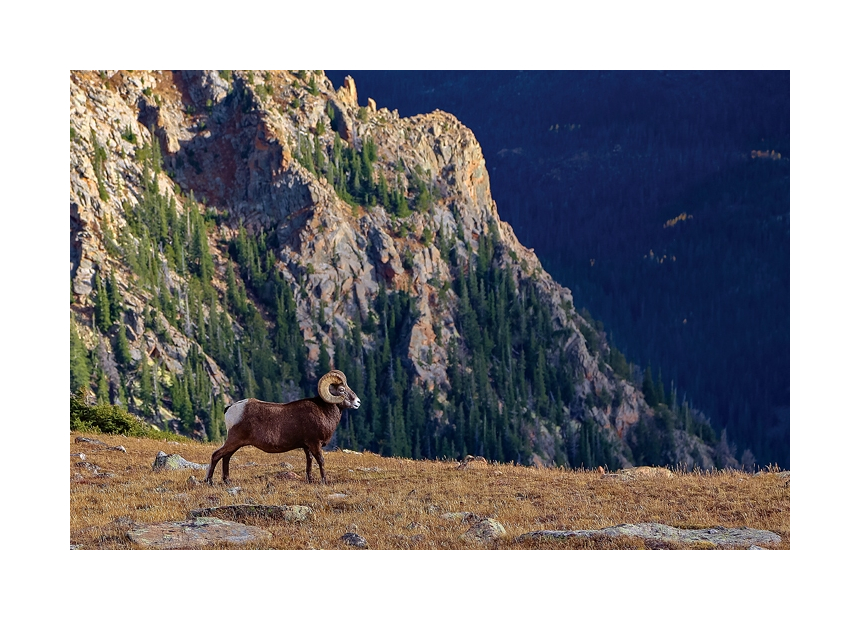
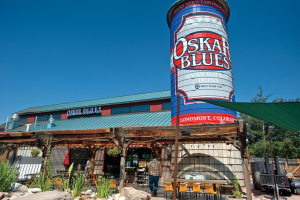
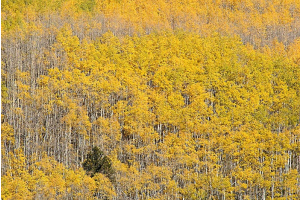

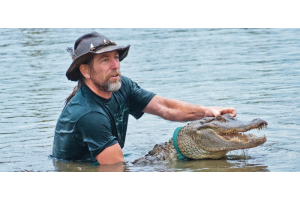
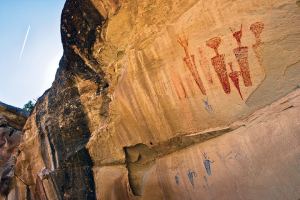
The information below is required for social login
Sign In
Create New Account